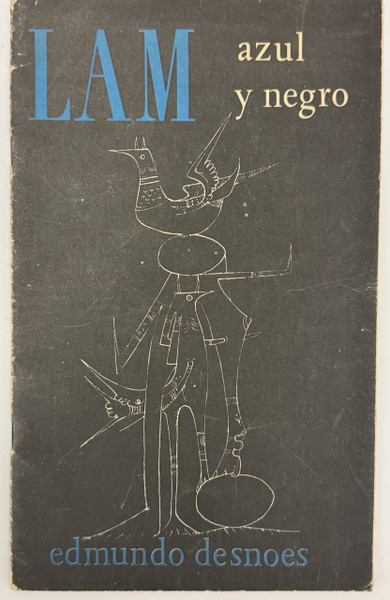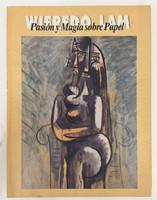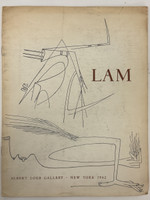- Travel
-
Exhibits
- La Portada Cubana
- Immortal Cuba: Artists Take on Their Heroes
- Seattle Poster Exhibit
- Sandra Dooley & Alejandrina Cué
- The Art of Wayacón
- Cuban Folk Art
- Cuba In Black And White
- 25 Years of Cuban Art Space
- Summer Folk Art Expo
- ¡SPRING AWAKENING FROM CUBA!
- Celebrating The Art Of Cuban Women
- Celebrating Paper, Affordable Art from Cuba
- Art of the Revolution
- Outsider Art
- Lost and Found
- En la lucha: Celebrating Cuban Women and Their Art
- Cuban Art Stash
- 100 Fires: 5 Cienfuegos Artists' Work on Paper
- Waya + Monte! Magic Realism in Cienfuegos
- Viva Cuba Viva! Poster Show
- Cultivando Sueños
- Black Lives Matter in Cuba Jan 9-March 27
- Leandro Soto: Crónicas visuales
- Cuban Canvas
-
Archive
- Global Reflection 2018: Spirit and Community
- Exhibit in the cloud: Contemporary Works on Paper
- MADE IN CUBA! MINNEAPOLIS EXHIBIT
- Cuban Posters and Photography from CCS collection
- AUTUMN SALE! Sept/Oct 2017
- SPRING ARTS AND CRAFT SALE
- Vuelo Directo/Non Stop: Alberto & Alejandro Lescay
- The Many Faces of Fidel
- Somos
- Made in Cuba!
- The US empire in Cuban graphics
- Made in Cuba/Seattle exhibit
- Entre Nos
- Looking Back
- Cuban Art Space
- Membership/Donate
- About Us
- Cuba News
-
"LAM: azul y negro" (LAM: blue and black) is a critical essay by Cuban writer and cultural critic Edmundo Desnoes examining the work of Wifredo Lam (1902-1982), one of Cuba's most important modernist painters. Published by Casa de las Américas in 1963 as part of their Cuadernos series and printed by Editorial Nacional de Cuba, the book appeared during the "Año de la Organización" (Year of Organization) and was produced at the Unidad #15-03 de la Empresa Consolidada de Artes Gráficas in Havana on February 15, 1963, with an edition of 600 copies printed on 60-pound offset paper. The cover features a stark charcoal gray background with the title "LAM" in light blue sans-serif capitals and "azul y negro" in cream serif type, accompanied by an original white line drawing by Lam depicting a characteristic hybrid figure—part human, part bird—crowned with avian features and holding weapons or implements, exemplifying the artist's synthesis of Afro-Cuban spiritual iconography with modernist aesthetics.
The text opens with biographical context, noting that at forty years of age, Lam discovered his native island after twenty years away, having left Havana for Spain where the horror of the Second World War cast him back to Cuban shores. Desnoes traces Lam's artistic formation studying with Sotomayor, his marriage to a woman with an extremity he lost during the Spanish Civil War, and his exposure to European modernism through encounters with Picasso and André Breton in Paris. The essay contextualizes Lam's synthesis of Afro-Cuban spiritual traditions with European avant-garde aesthetics, positioning him as a crucial figure in articulating a distinctly Caribbean modernism that would influence revolutionary Cuban cultural identity.
-
-
Discover More at the Center for Cuban Studies







